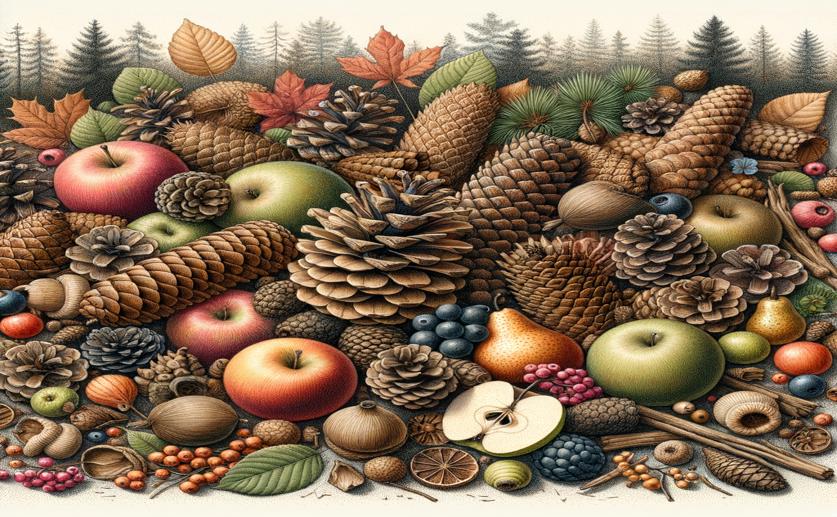
How Cones and Fruits Affect Forest Floor Flammability
Jenn Hoskins
3rd June, 2024

Image Source: Natural Science News, 2024
Key Findings
- The study took place in central Alabama, USA, and examined how cones and fruit from six tree species affect fire behavior
- Cones and fruit from different species vary in their flammability due to differences in their physical and chemical traits
- Higher coverage levels of cones and fruit generally led to more intense fires, highlighting their significant impact on fire dynamics
EnvironmentEcologyPlant Science
References
Main Study
1) Cone and fruit impacts on understory flammability depend on traits and forest floor coverage
Published 3rd June, 2024
https://doi.org/10.1186/s42408-024-00281-z
Related Studies
2) Fuel moisture content enhances nonadditive effects of plant mixtures on flammability and fire behavior.
3) Flammability of Two Mediterranean Mixed Forests: Study of the Non-additive Effect of Fuel Mixtures in Laboratory.
4) Litter Species Composition and Topographic Effects on Fuels and Modeled Fire Behavior in an Oak-Hickory Forest in the Eastern USA.
5) Are litter decomposition and fire linked through plant species traits?



 22nd May, 2024 | Jim Crocker
22nd May, 2024 | Jim Crocker